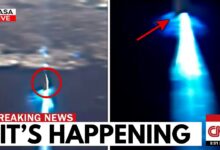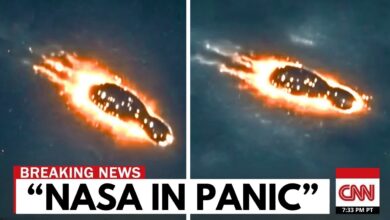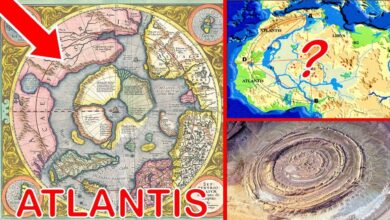Voyager 1 just made an IMPOSSIBLE Encounter in Deep Space
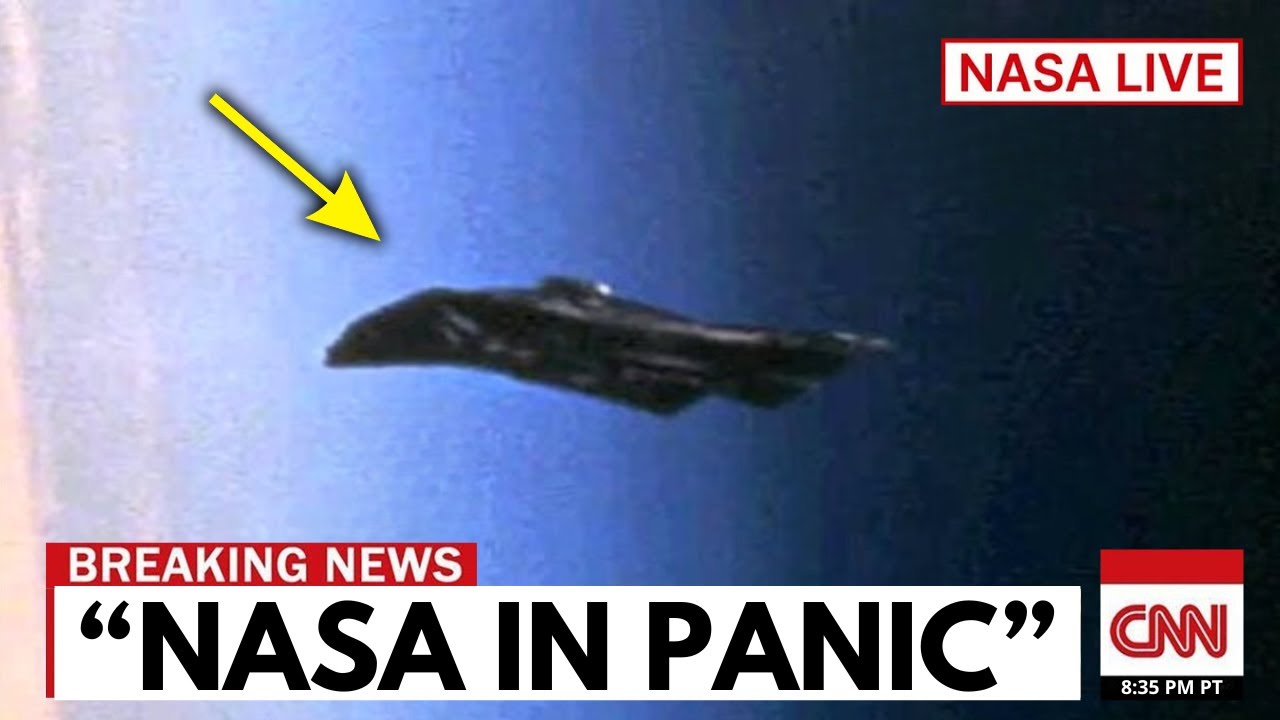
For nearly half a century, Voyager 1 has been a lonely, silent vessel on the edge of the Solar System—an aging spacecraft that has drifted farther than any other man-made object in human history. It has long been likened to a “ghost ship” silently carrying Earth’s hopes, data, and memories.
Scientists once assumed that its journey would end with the gradual fading of signals, as a result of the exhaustion of its energy. But just when it seemed like everything was set in stone, the unthinkable happened: Voyager 1 suddenly changed course. Not by order from Earth, not by technical failure—but seemingly on purpose.
What’s even more chilling is that just days before that event, Voyager had recorded a mysterious low-frequency sound—of unknown origin, inconsistent with any NASA data, and completely inexplicable. And now, with its antenna still pointed at Earth, Voyager is either heading back or being pulled back.
What did it encounter in the darkness? What did it see that changed course?
To understand the magnitude of this event, we have to go back to 1977 – when Voyager 1 and 2 were launched to take advantage of a rare planetary alignment that occurs every 176 years. Voyager 1 was tasked with reaching Jupiter and Saturn, sending back the first close-up images, ushering in a new era in astronomy.
With its initial mission complete, Voyager 1 continued its journey beyond Pluto, beyond the heliosphere and into interstellar space – a place no human technology had ever reached. Each year it sent back less data, but it remained steadfast in its quest to explore, even as it grew colder and weaker.
By the 46th year of its journey, Voyager’s instruments had detected a persistent sound deep in the plasma frequency range. At first, experts suspected a technical error, but the signal was repeated and confirmed by multiple receiving stations – raising concerns. The sound was unlike any known phenomenon, not cosmic background radiation, not a solar storm. It also had a clear mathematical pattern – like a coded message.
Then, Voyager 1 made an unplanned change in its orbit – a small but measurable change, not ordered by Earth and not recorded in its control system. Strangely, the change caused the cameras, which had been deactivated since 1990, to point toward a region of empty space – where no stars, galaxies or gravitational anomalies had been detected.
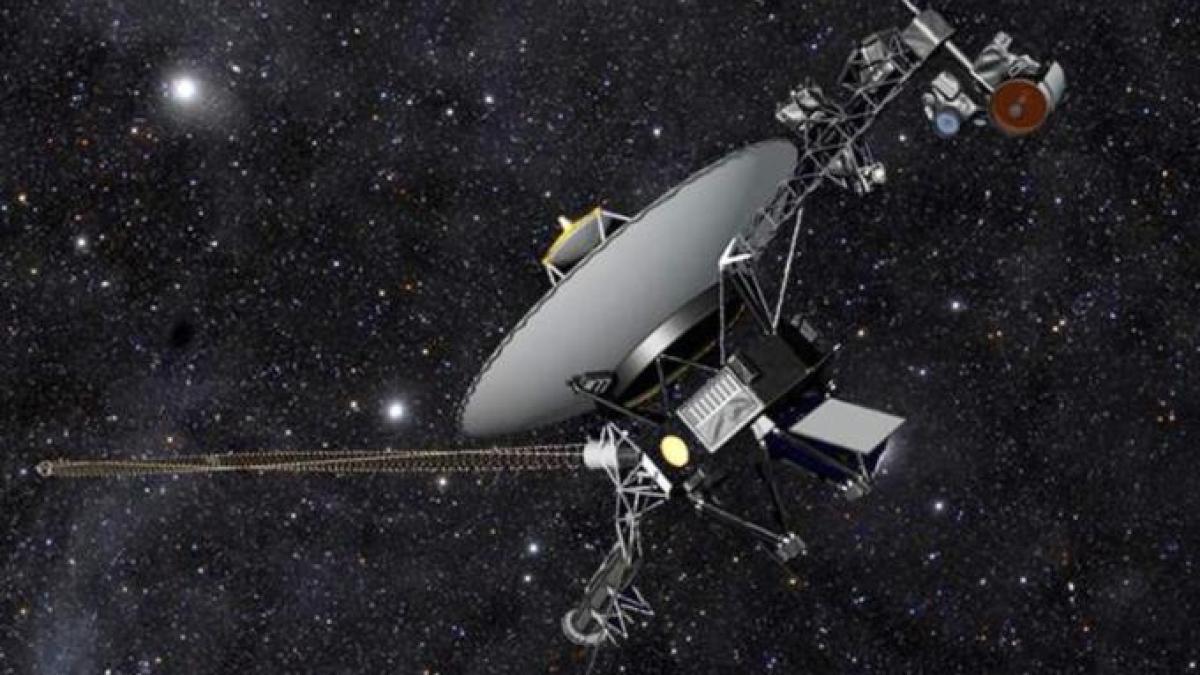
Why point there? What had appeared on Voyager’s sensors? And why was the heading so precise?
At more than 15 billion miles away, with no autonomy, no remote debugging. Yet Voyager still “made decisions.” In the weeks that followed, the signals began to change strangely—time and frequency were distorted in an orderly fashion, as if encoding a message in binary logic and harmonic resonance.
NASA experts began working with cryptographers, AI experts, and linguists. Some thought this might be feedback—that Voyager was not just observing, but being observed. Many speculated that this was a response from some intelligence that had received a human signal, like the 1974 Arecibo message?
One study even found similarities between the new signal pattern and the Arecibo message—suggesting that something had received it and was responding via Voyager.
The Golden Record – the gold disc aboard Voyager 1, containing messages from Earth in 55 languages, music, and a map of our place in the universe – was once seen as a symbolic, romantic gesture. But if someone or something had actually decoded it, Voyager could have been our beacon for nearly 50 years.
With the data variations becoming increasingly difficult to explain, NASA appears to have changed its approach, moving to classify the phenomenon as a “data anomaly review.” However, several insiders have revealed that many insiders were deeply concerned – because what Voyager was experiencing was unlike any known natural phenomenon.
It behaved as if it were interacting. It responded as if it had intelligence. And it adapted as if it were conscious.
If a lonely machine drifting in the deepest reaches of the universe were to encounter an energy field, an entity, or a signal that reacts to our every movement, then the question would no longer be “what’s out there?”, but “has someone been watching us all this time?”
Voyager 1 was not designed to operate for this long. It was not built to communicate – especially with something beyond our awareness.
And perhaps that’s exactly what it has done. From a distant planetary mission, it has become a cosmic story – one where the boundaries between science and philosophy are blurred. A small, silent spacecraft more than 15 billion miles from Earth may have discovered something – or something may have discovered it.
Signal distortions, inexplicable changes in course, reflected data patterns and echoes that are not ours – all raise a terrifying possibility: Voyager 1 may have made its first “contact” – not with intelligent life as we imagine it, but with something vast, structured, and watching.
If this is the final chapter of Voyager’s journey, it does not end in silence – but with a question that will shake the foundations of human understanding:
Are we really the observers? Or have we always been the observed?

